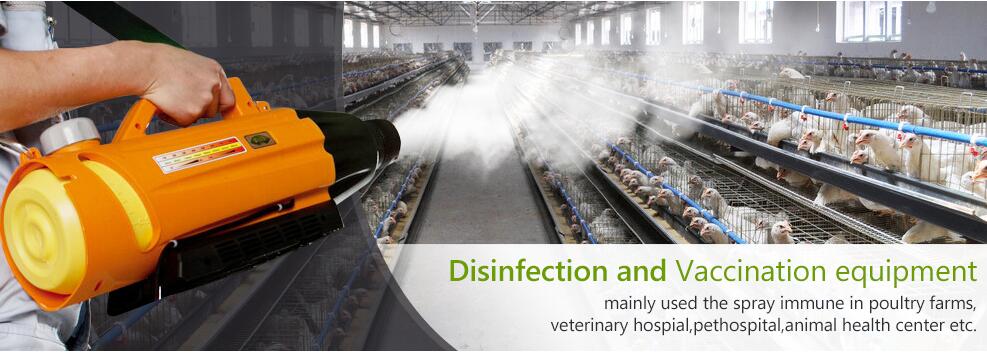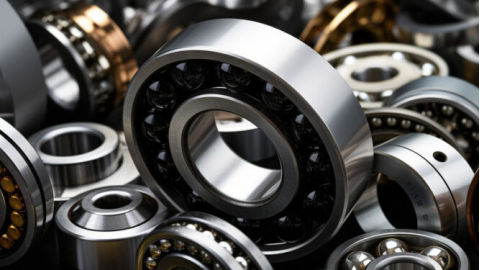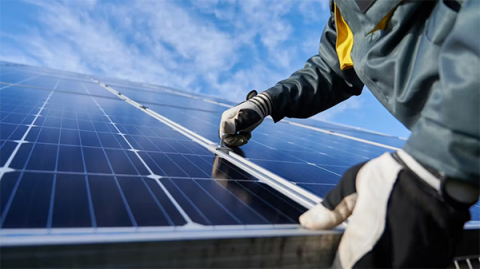Top 10 Disinfection Machines for Livestock Factories in China

Introduction
Effective disinfection is a core part of modern biosecurity in large-scale Chinese livestock operations. It prevents disease outbreaks, protects animal health, and boosts productivity. High-density farming in China creates unique challenges for controlling pathogen spread. This guide covers the top disinfection machine types and their specific applications in this critical industry.
Disinfection Machine Basics
A livestock disinfection machine is specialized equipment designed to kill pathogenic microorganisms in farm environments. Primary disinfection methods include chemical spraying, ultraviolet (UV) radiation, ozone generation, and thermal fogging. Key performance indicators are disinfection efficiency, coverage area, ease of operation, and safety. Machines are powered by electricity, diesel, or solar energy. Their design adapts to various farm layouts and animal types. Automated features improve the accuracy and consistency of the disinfection process.
High-Pressure Spray Disinfectors
High-pressure spray systems generate micron-sized droplets for complete surface coverage. They are ideal for disinfecting vehicles at entry gates and in spray tunnels. These units typically operate at 50-100 bar pressure. Their advantages include strong penetration, chemical savings, and rapid operation. Regular maintenance involves cleaning nozzles and checking pumps. They are a frontline defense in protocols against threats like African Swine Fever. Avoid using them in windy conditions to ensure effectiveness.
UV Disinfection Tunnels
Ultraviolet (UV-C) light destroys microbial DNA, effectively inactivating pathogens. Tunnel design calculates required exposure time and optimal light placement. These tunnels are critical for disinfecting personnel footwear and clothing upon entry. Safety features include motion sensors and protective shields. A key limitation is that UV light only works on directly exposed surfaces and its efficiency can be reduced by dust. For best results, install them in sealed enclosures with reflective walls. They are often combined with spray systems for a comprehensive solution.
Ozone Generators
Ozone (O3) kills bacteria and viruses through its powerful oxidizing properties. The system includes an ozone generation unit, a diffusion device, and concentration monitors. Its gaseous state allows for penetration into every corner of a space, and it leaves no chemical residue after breaking down. It is perfect for sealed areas like hatcheries and feed storage rooms. Strict safety protocols are essential as ozone is harmful to humans and animals; spaces must be vacant during treatment. Effective concentrations usually range from 10-20 ppm for over 30 minutes. Regular maintenance checks on the generator and ventilation are required.
Thermal Foggers
Thermal fogging technology uses heat to produce ultra-fine droplets that remain suspended in the air for hours. This makes it highly effective for aerial disinfection in poultry houses and gestation barns. Fog droplets are typically less than 20 microns in diameter. These machines commonly use diesel or electric heating systems. Their main benefit is the ability to disinfect hard-to-reach cracks and airborne pathogens. Use them with caution in flammable environments and always select disinfectants that are safe for animals. They are often deployed for terminal disinfection after an outbreak, such as foot-and-mouth disease.
Automated Disinfection Systems
Fully automated systems integrate directly into a farm's daily operations. A central control unit manages scheduled disinfections and precise chemical dosing. Installations can be fixed-pipe systems or mobile robotic platforms. A major advantage is data logging, which tracks disinfection history and verifies efficacy. Integrated sensors can adjust for temperature, humidity, and detect human presence. The return on investment comes from reduced labor costs and improved consistency. Choose a configuration based on your operation's scale and specific disease pressures.
How to Choose the Right Machine
Select a machine based on your livestock type (poultry, swine, cattle), operation size, and production stage. Compare the initial investment against long-term operational costs. Key purchasing factors include verified performance certifications, reliable after-sales service, and parts availability. evaluate suppliers on their technical support, customer references, and compliance certifications. Ensure the machine's capacity matches your facility's size. Conduct a pilot test to verify performance in your actual conditions before full deployment. Consider future trends like IoT connectivity and eco-friendly technologies.
Safety and Compliance
Adherence to Chinese national standards like GB/T 16569-1996 (Code of disinfection for livestock and poultry farms) is mandatory. Operator safety is paramount; provide thorough training on chemical handling and equipment operation. Check machine compatibility with your chosen disinfectants to prevent corrosion. Follow environmental regulations for the proper disposal of waste disinfectant and ozone emissions. Maintain detailed logs and checklists to ensure ongoing compliance. Good record-keeping is also vital for disease traceability and audits. Follow industry best practices and seek relevant certifications.




